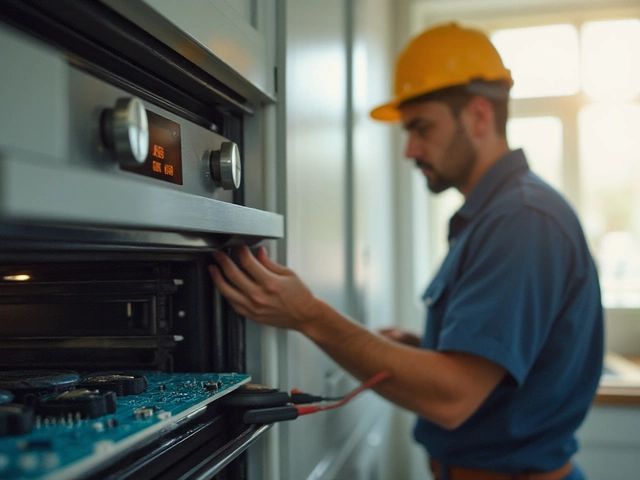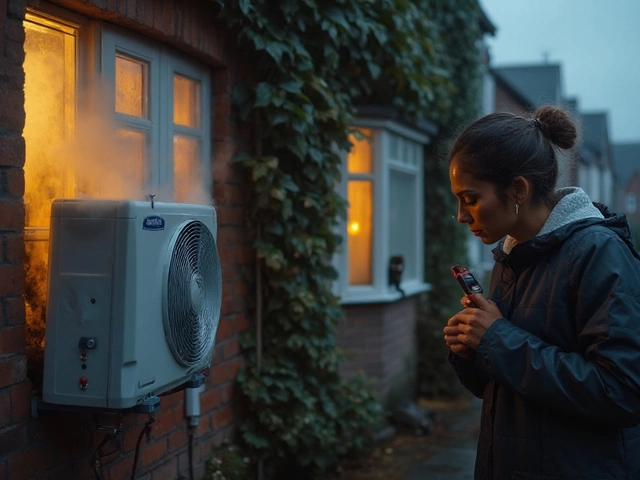Microwave Oven Repair: How Easy Is It, Really?
May 2 2025Washing Machine Repair – Get Your Washer Running Again Today
When your washing machine stops working it feels like the whole house stops. The good news is many problems are easy to spot and fix yourself. Below you’ll find the most common issues, step‑by‑step checks, and clear signs that it’s time to call a professional.
Common Problems and Simple Fixes
1. No water entering the machine – First, make sure the water tap is fully open. Then check the inlet hose for kinks or blockages. If the hose looks fine, remove the inlet filter (usually at the back of the machine) and rinse out any debris. A clean filter often restores flow.
2. Machine won’t spin or drain – A clogged pump filter is the usual culprit. Most front‑load washers have a small door behind a lower panel. Open it, have a towel ready, and pull out the filter. Clean off lint, coins, or small clothing items and replace it. Run a short cycle to see if the spin works.
3. Leaking water – Look at the hoses that connect to the back of the washer. Tighten any loose clamps and replace cracked hoses. Also inspect the door seal (for front‑load models). Wipe away any soap scum, and if the seal is torn, replace it – it’s a cheap part.
4. Weird noises – Rattling often means something is stuck in the drum. Try running the machine empty on a spin cycle and listen. If you hear a thud, pause the machine and check the drum for foreign objects. For grinding noises, the bearings may be wearing out – that needs a pro.
5. Error codes – Modern washers display codes when something goes wrong. Write down the code and check the user manual – it usually points to the exact part that needs attention. Often resetting the machine (unplug for a minute, then plug back in) clears minor glitches.
When to Call a Pro
If you’ve tried the steps above and the machine still won’t work, it’s time to call a qualified engineer. Electrical faults, motor failures, or broken drum bearings are not safe DIY jobs. A certified technician can safely test high‑voltage components, replace the motor, or rebuild the drum assembly.
Choosing the right service matters. Look for a company that specialises in washing machine repair in Bedford, offers emergency call‑outs, and has certified gas and appliance engineers. A reputable service will give you a clear quote before starting any work.
Remember, regular maintenance can prevent most breakdowns. Clean the inlet filter every three months, wipe the door seal after each wash, and run an empty hot wash with a cup of vinegar every six months to clear soap residue.
By following these simple checks you can save time and money on most washer problems. And when the issue is beyond a quick fix, a trusted Bedford repair service will have your machine back in action without any guesswork. Don’t wait for a small fault to become a big, costly mess – act fast, stay safe, and enjoy fresh laundry again soon.
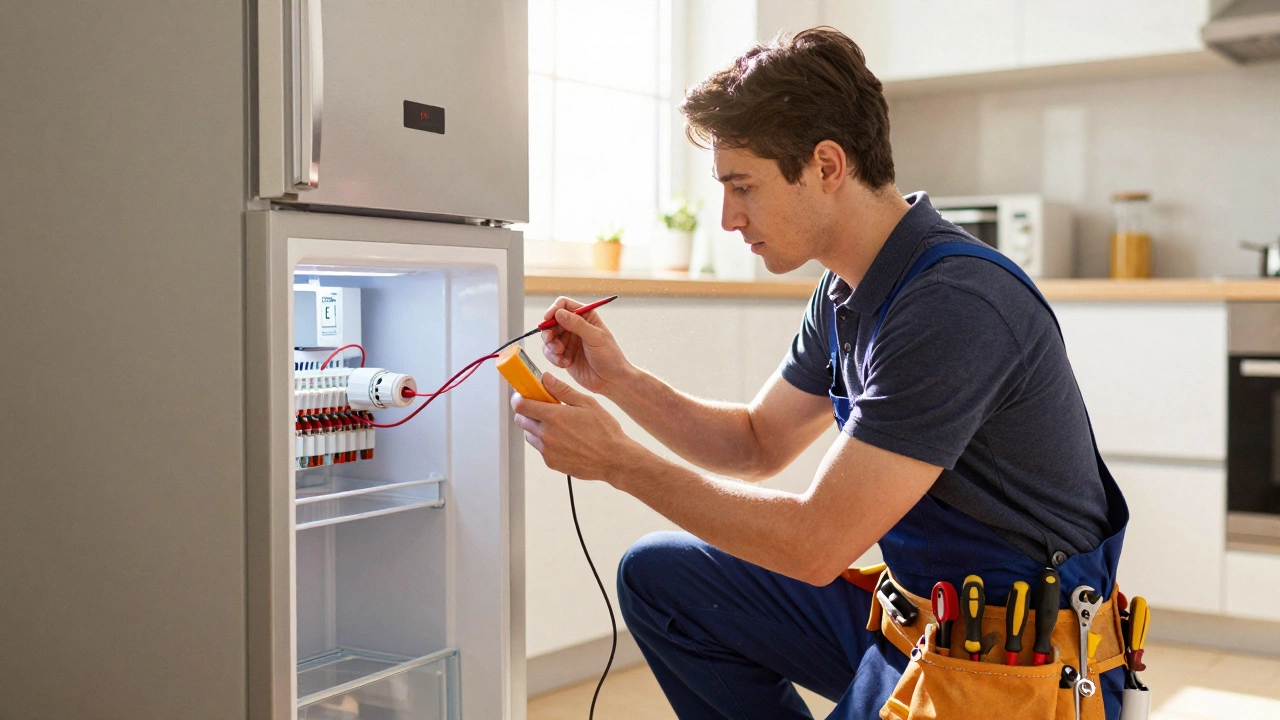 11 Dec
11 Dec
What Is the Role of an Appliance Technician?
An appliance technician keeps your home running by diagnosing and repairing fridges, washing machines, ovens, and more. They combine technical skill with real-world problem-solving to fix what matters most.
Read More...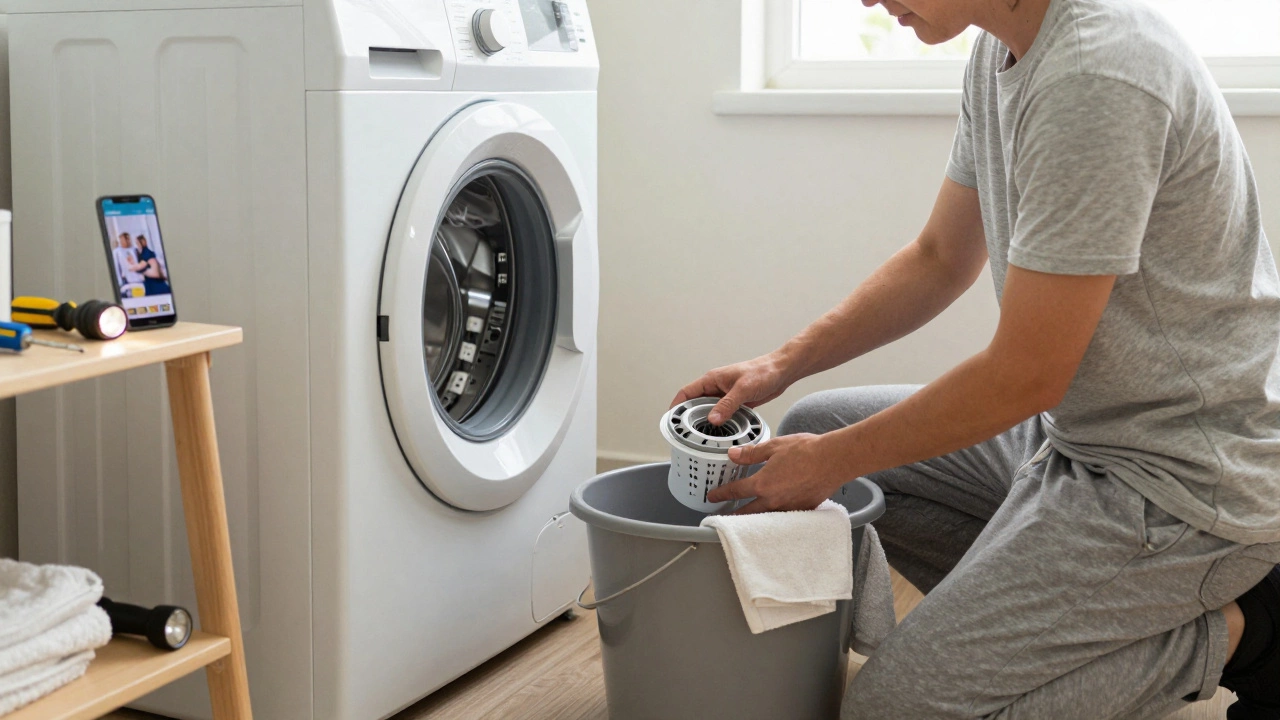 4 Dec
4 Dec
Can You Repair a Washing Machine Yourself? A Realistic Guide for New Zealand Homes
Learn when you can fix your washing machine yourself and when to call a pro. Realistic tips for New Zealand homeowners on common DIY repairs, parts, and prevention.
Read More...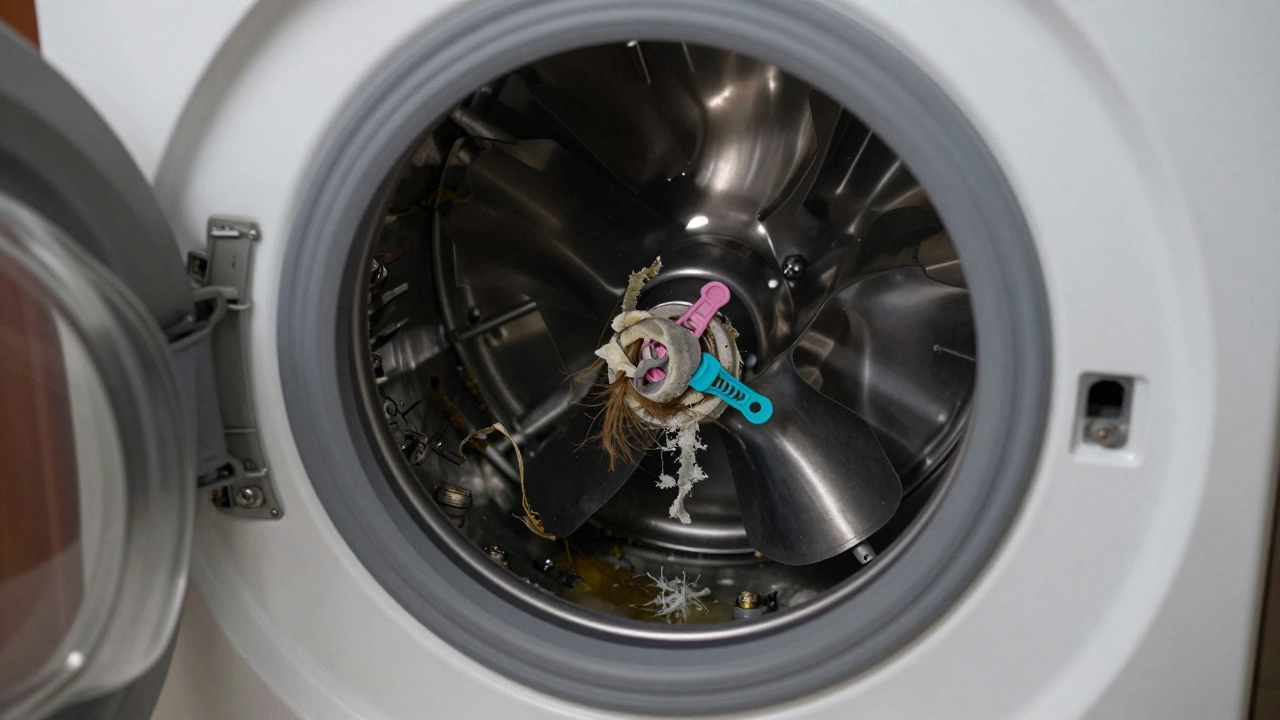 1 Dec
1 Dec
What Is the Most Common Washing Machine Failure?
The most common washing machine failure is a clogged or failed drain pump, especially in hard water areas like Auckland. Learn the signs, how to fix it yourself, and how to prevent it from happening again.
Read More...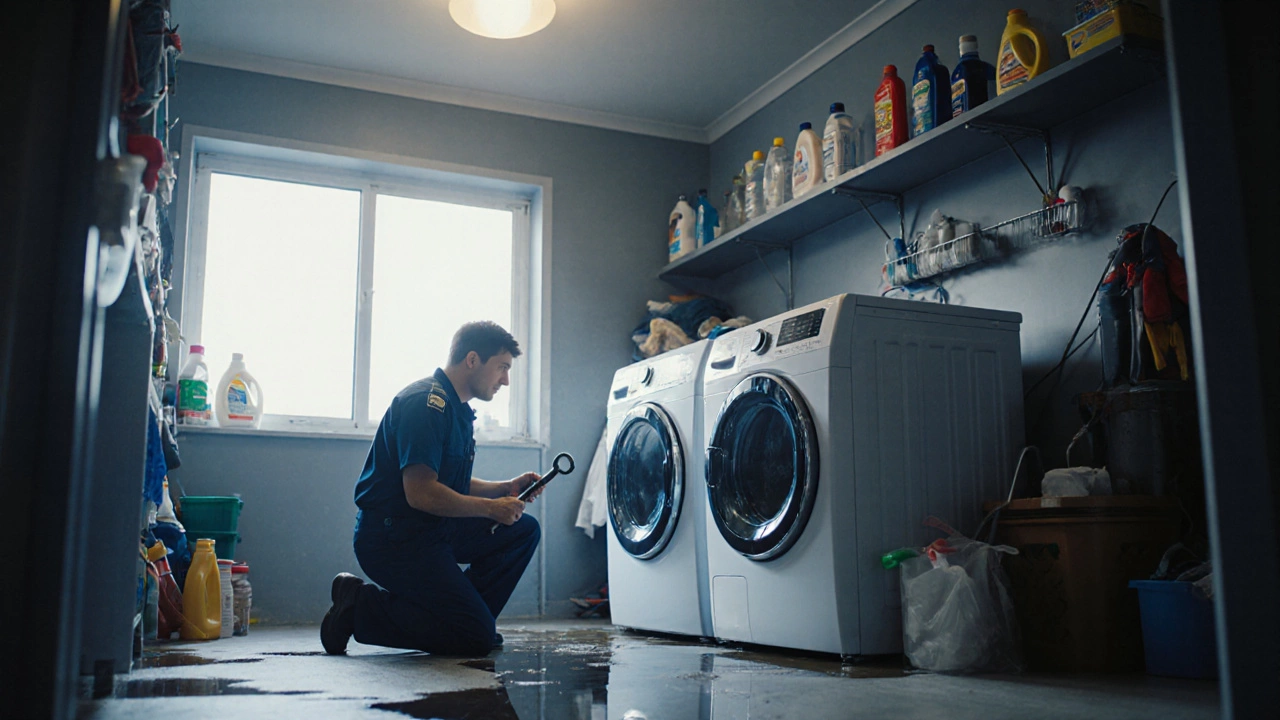 16 Nov
16 Nov
Is It Worth Repairing a Washing Machine? Real Costs vs. Replacements in 2025
Should you repair or replace your washing machine in 2025? We break down real costs, energy savings, repair red flags, and what to buy instead-based on New Zealand prices and real repair data.
Read More...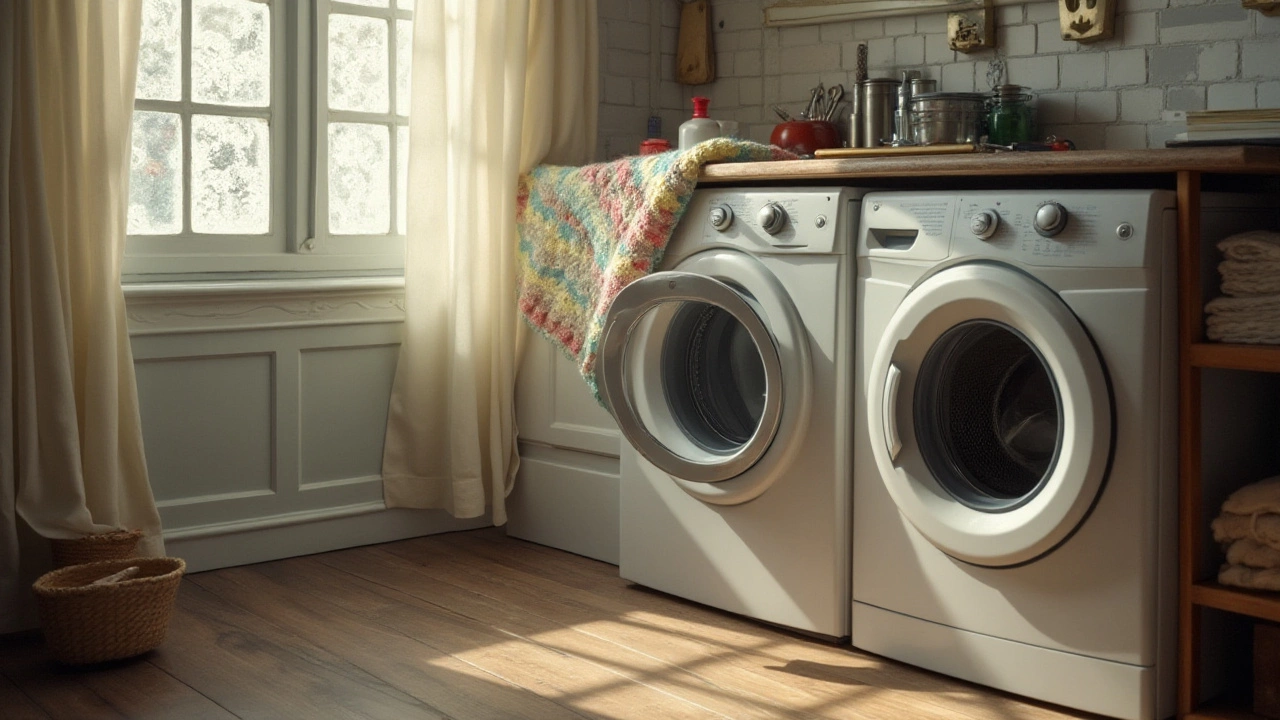 17 Jan
17 Jan
Common Washing Machine Parts That Frequently Fail
Washing machines, like any other appliance in your home, can face wear and tear over time, leading to various failing components. An understanding of which parts are most likely to fail can save you time and money. In this article, we explore the common issues that arise in washing machines. Learn about the typical problems in different parts, preventive measures, and repairs you can undertake to extend the life of your washer.
Read More... 25 Dec
25 Dec
Easy Steps to Reset Your Washing Machine
Resetting a washing machine can solve many common issues without the need for professional help. Whether it's a simple power glitch or an error code, learning the steps to reset your washing machine is an essential household skill. This guide provides easy-to-follow instructions on how to safely reset various types of washing machines. Discover useful tips and interesting facts to help maintain your appliance. These steps can save time, money, and ensure your washing machine operates smoothly.
Read More...
